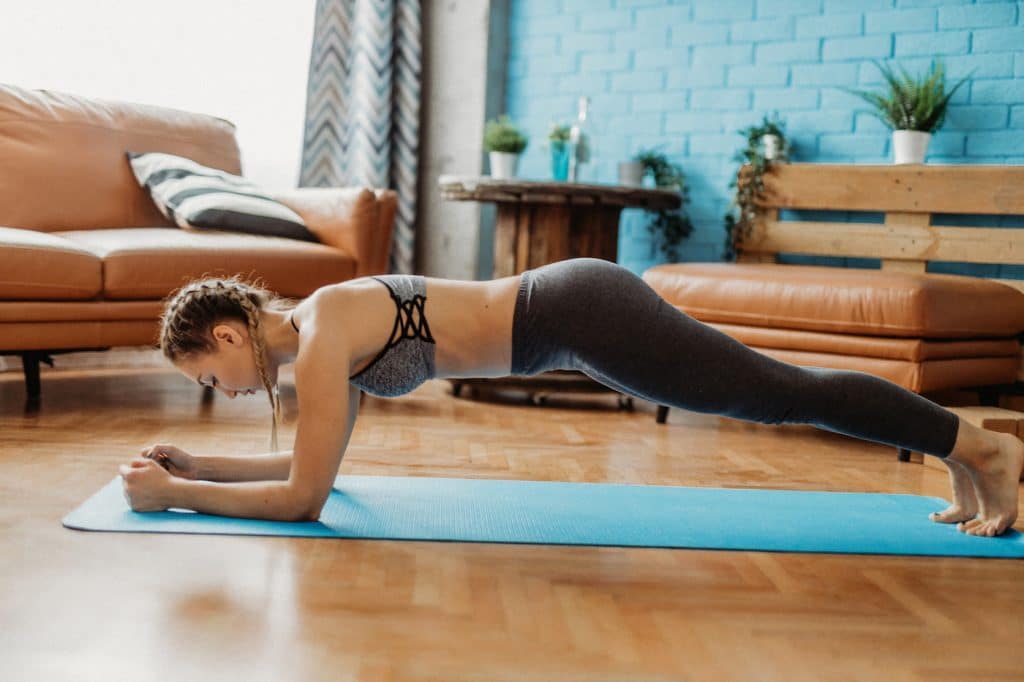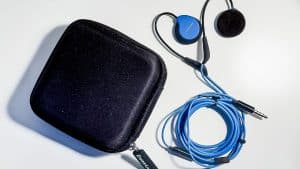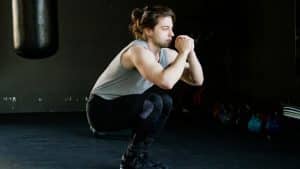When you think about mobility, folks, you probably think of people walking with assistive devices. But this concept has gotten bigger, and it’s now a part of fitness!
The idea of mobility in fitness is simple: by improving your ability to move, you’ll become stronger, fitter and healthier. You may have already done some warm-up drills that fall under “mobility work” if you play sports, including arm circles, wrist circles and ankle circles. The goal is to reach and keep a full motion range in every joint in your body.
The more mobility you have, the less likely you are to injure yourself when you work out, and you’ll also have greater body control. As you expand–or add!–mobility work to your routine, here are some tips to get better results.
Make your movements more complex
A straight line is the simplest of movements, with a more complex movement being a circle. If you are already a moving a body part in straight lines, such as side to side, add in some circular movement for more complexity. A figure-eight pattern is even more complex, and you can even graduate to complicated maneuvers such as making the alphabet with your body.
Boost your coordination
Mobility work can also improve your coordination. Since all exercise involves coordination, you’ll get a better performance when your joints are more coordinated. Moving more than one body part at a time in different directions, for instance, will help increase your coordination.
Alter the speed
Mobility is usually done at a speed that is natural so synovial fluid goes into the joint. While slow movements are fine, you can introduce some faster ones as a sort of warm-up to help bring more fluid to these areas.
Try new positions
Mobility work is usually done standing. However, if you change your position, you’ll get a different feel. You can do drills sitting, lying on your back or stomach, or even on all fours.
Trust your intuition
Mobility work usually goes from toes to head and then to fingertips, with the same whole-body routine. Although having a good routine to follow is important, you should take note of the joints that seem to give you the most trouble. This way, you can add in work or alter your routine so you can focus on improving the range of motion in those trouble spots.




